There are indications that Samsung is going to introduce TVs with QD-OLED technology in 2022. Let’s explore how Samsung arrived at this decision, what QD-OLED TV technology is and how it might fit into the TV market.
Samsung’s TV Problems
Samsung is the world’s largest TV maker both in manufacturing and sales. However, things are not as rosy at Samsung with regards to TV dominance as you might expect.
Samsung’s entire consumer TV line is currently based on LCD Technology. LED/LCD, QLED, and NeoQLED TVs all use LCD panels and LED backlighting.
After a failed attempt in 2015 to market an OLED TV, Samsung’s arch-rival LG is now dominating that market as it not only makes OLED TVs for themselves, but almost all OLED TVs available to consumers from Sony, Vizio, Pansonic, and other select brands, use OLED panels made by LG’s sister company LG Display.
Samsung has backed itself into a corner with OLED as they have been openly criticizing OLED technology through the years as inferior due to burn-in and lower brightness capability. However, those issues have been addressed somewhat as well as the lowering of production costs resulting in OLED TV prices that are close to Samsung’s High-end QLED sets.
NOTE: Although Samsung has criticized OLED for TVs, they do make small OLED screens (along with rival LG Display) for many of Apple’s iPhones and select Galaxy smartphones.
UPDATE 1/14/2022: In a strategic turn-around, it is being reported by reliable sources, that Samsung has bowed to increasing OLED TV market strength, and has come to an agreement with LG Display Company to buy several million OLED TV panels for a new line of Samsung OLED TVs expected to become available to consumers in mid-2022. Where these TVs will be positioned in Samsung’s TV model series hierarchy remains to be seen as Samsung will still be offering its LCD-based NeoQLED TVs as well as QD-OLED TVs.
Samsung is also facing competitive pressure from China-based display panel makers as they are flooding the market with cheaper LCD panels which Samsung’s other competitors are buying up, causing big price drops in LCD TVs sold to consumers.
This has caused the Samsung Display Company (which makes LCD panels for Samsung TVs) to pull back from LCD panel production as it is no longer profitable, and plunge into developing alternatives such as QD-OLED.
What QD-OLED TV Tech Is
QD-OLED combines Quantum Dots with OLED and eliminates the need for an LCD panel. A layer of OLEDs placed on the back of the TV emits blue light. The blue light strikes a layer of quantum dots to produce green and red light, while a portion of the blue light from the OLED layer passes through untouched to the screen. As mentioned, an LCD screen panel is not needed to display images – the blue OLED light and the green and red light Quantum Dot light produce the displayed screen images.

QD-OLED supports the ability to display absolute black just like an OLED TV with color enhancement technology of Quantum Dot. However, the downside is that blue organic OLEDs are unstable and have a short lifespan. To compensate, three layers of blue OLEDs are used to stabilize the blue light output and extend life.
QD-OLED as a Transition To Something Better
Samsung sees QD-OLED as a short-term advancement to stay ahead of both OLED and LCD-based TV competition. However, Samsung is looking at QNED (not to be confused with LG’s LCD-based QNED mini-LED TV tech) as a more long-term solution.
Samsung’s QNED (Quantum Dot Nanorod LED) is similar to QD-OLED but instead of using an organic Blue-OLED backing layer, Non-organic Quantum Nano Emitting Diodes (similar to micro-LEDs) are used to produce the necessary blue light source – with quantum dots doing the green and red color conversion as they do in QD-OLED.

The advantage of QNED over QD-OLED is that the nanorods provide a longer-lasting stable blue light source. However, QNED tech is still in the early development stage and probably won’t be ready for mass production until 2023 at the earliest, but Samsung and other TV makers are looking at 2024.
Samsung sees QD-OLED as a transitional TV technology to stay ahead of its competition by offering something different than OLED or LCD-based QLED TVs until QNED TV is ready. However, for savvy consumers, why buy a QD-OLED TV in 2022 if QNED is going to become available a couple of years later? On the other hand, if the 2024 target date for QNED gets pushed back to 2025 or 2026, then Samsung may have made a good decision regarding QD-OLED.
QD-OLED TV Availability – Plus a Twist
It’s anticipated that Samsung will debut a 4K or 8K QD-OLED TV line at the January 2022 CES with 55 and 65-inch models, followed by a 70-inch model later that year. Model numbers and prices will probably be revealed shortly before they become available to retailers.
There is also another twist to this story. It has been reported that Samsung has made an agreement with LG Display (yep, the sister company of their arch-rival!) to purchase several million TV-sized OLED panels. The question is whether they are going to use the panels in their QD-OLED TVs, or also market their own OLED TV models in addition to QD-OLED TVs?
UPDATE 8/13/2021: Samsung Display has decided to adopt the trademark name QD Display to refer to QD-OLED TV technology. The reason for the change is most likely to avoid using the term OLED in the label as Samsung has been critical of OLED TVs as being inferior to its own LCD-based QLED TVs.
Note: The are also reports that Sony may introduce its own line of QD-OLED TVs in 2022, which could dampen Samsung’s efforts.
UPDATE 1/5/2022: Sony announces its first QD-OLED TV ahead of Samsung. The Sony A95K is will come in 55 and 65-inch screen sizes and are available for pre-order, but the actual release date and prices are still forthcoming.
UPDATE 3/17/2022: Samsung Electronics has announced they will be offering two QD-OLED TVs for 2022. The two models are as follows: QN55S95B (55-inches/$2,399.99) and QN65S95B (65-inches/$3,499.99). One thing that is confusing is that they are being labeled as OLED TVs, rather than QD-OLED or QD Display TVs.
Whether Samsung Display will stay with the QD Display trademark label when QNED (discussed previously in this article) and QDEL (Self-emitting Quantum Dot pixels) TVs are introduced in the years ahead remains to be seen.
It looks like things are going to get more confusing for TV buyers.



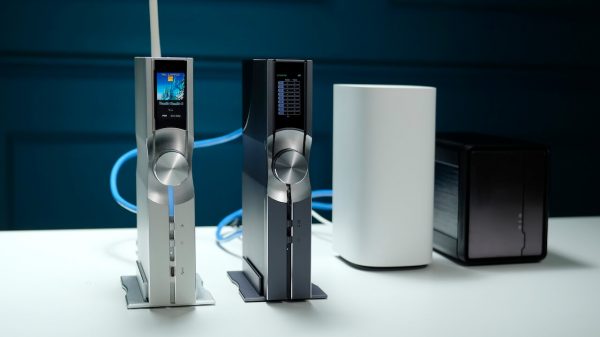

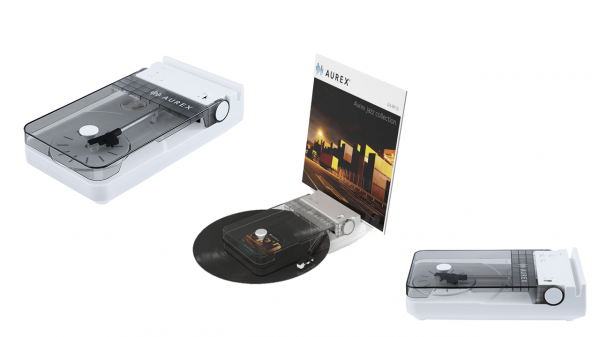





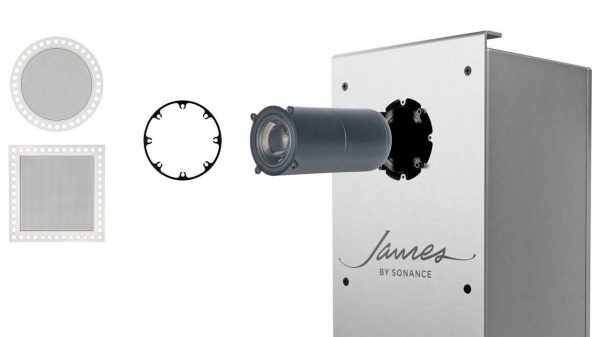

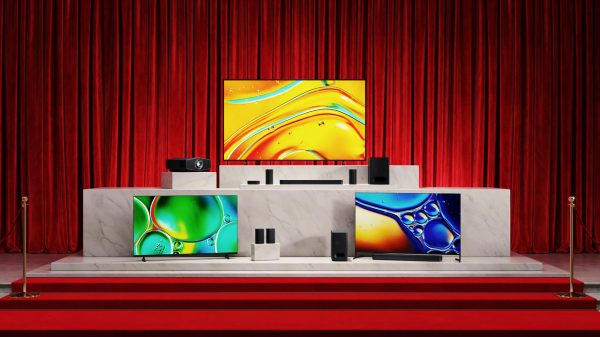



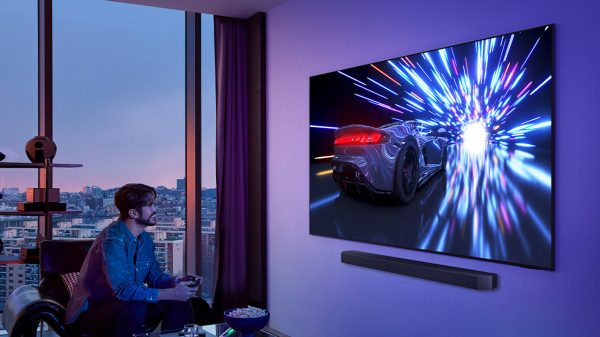




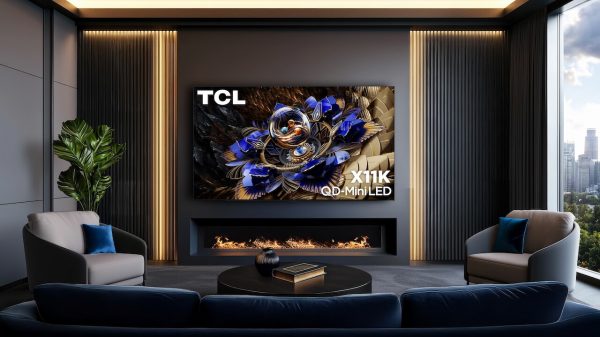

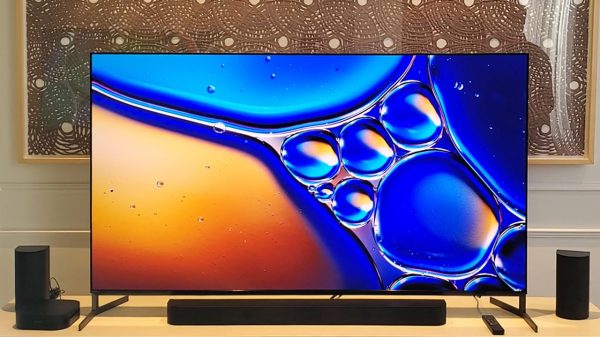

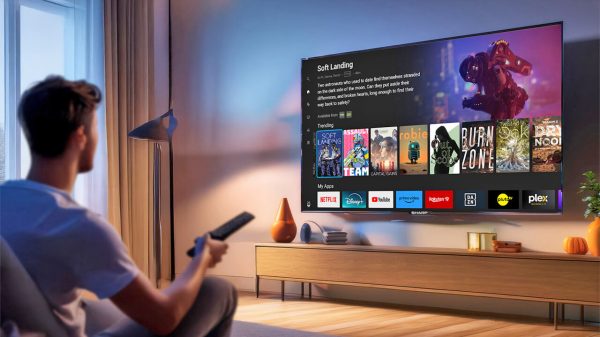












Roy Persaud
September 4, 2021 at 12:53 pm
TV selection is always confusing
Korean and Japanese TV makers needs to make there names more simplfy.
DDearborn
December 26, 2021 at 2:11 pm
Hmmm
Golly, isn’t “BLUE LIGHT” harmful to humans…